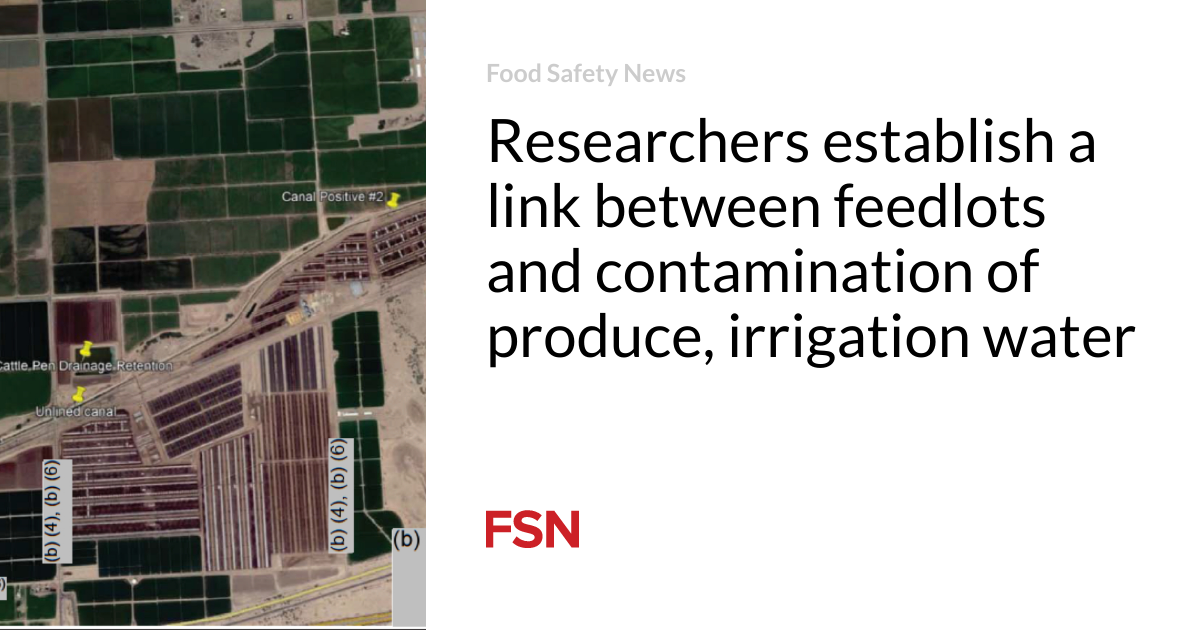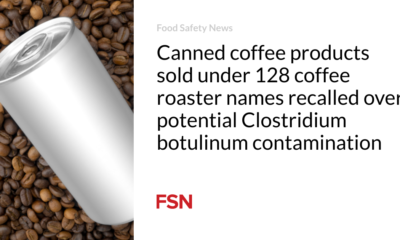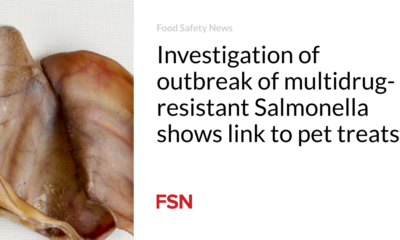Food
Researchers establish a link between pasture lands and contamination of produce and irrigation water

Feeding yards are likely contributing to the contamination of fresh produce in nearby fields, according to a study launched after a deadly E. Coli outbreak linked to romaine lettuce.
The 2018 outbreak sickened 210 people, 96 of whom required hospitalization. Five of the patients died. The outbreak, linked to romaine lettuce, prompted the research project, which involved the Food and Drug Administration, the University of Arizona, the Wellton-Mohawk Irrigation and Drainage District, local growers, industry groups and others. The study in Yuma County, Arizona, included 12 percent of the agricultural production area of the Wellton-Mohawk Irrigation and Drainage District.
A preliminary report on the study, which ran from 2019 to early this year, included 100 sample collections from 7,000 hectares. The researchers collected samples from 55 locations, resulting in more than 5,000 unique samples and 15,000 individual tests for the detection of generic E. coli, Salmonella and Shiga toxin-producing E. coli (STEC), including E. coli O157:H7 .
The test results showed that dust from a large pasture – 80,000 cattle – contaminates irrigation water and plants.
“. . . Air, water, and lettuce leaf microbiome analysis showed deposition of dust from livestock pens to nearby water and land, suggesting that dust from CAFOs (concentrated animal feeding operations) may play a role in STEC transmission in this part of the region. These findings indicate that STEC can survive in the air and that dust can act as a transfer mechanism for both pathogens and indicator organisms (e.g., generic E. coli) from adjacent and nearby land to water, soil, and plant tissue,” the report said.
“. . . The research team repeatedly observed that generic E. coli concentrations, STEC prevalence, and isolation frequency increased as irrigation canal water flowed past an adjacent livestock and compost farm. Furthermore, these changes in water quality occurred without other explanations, such as surface runoff or other direct contamination, indicating that the spread of dust from a nearby CAFO may have been a factor in the contamination of the irrigation water.”
The researchers reported that they observed no similar findings from samples obtained simultaneously from a nearby irrigation canal flowing south of the grazing and compost operation.
In addition to water and plant samples, the researchers tested feces from wild animals, including several mammals and more than 40 bird species. Agricultural growers have historically maintained that wildlife, especially birds, have contributed significantly to crop pollution. However, the scientists discovered that this was not the case.
“. . . birds and other wildlife do not appear to be significant sources of STEC or E. coli O157:H7 in or around the assessed portion of the southwestern growing area,” the researchers said.
The researchers used whole-genome sequencing, also called DNA fingerprinting, to test the samples they collected. They found more than 40 different STEC serotypes from about 500 different samples. The pathogens were found in water, sediment and plant tissues, and the strains were matched from air samples. That proved that bacteria in the air of pasture can spread to other locations and surfaces.
In some parts of the country where produce is grown in open fields, producers have voluntarily established buffer zones between their crops and pasture. Distances range from 400 feet to 1,000 feet. Some observers have historically suggested that these distances are not sufficient to impact the problem of airborne pathogens from feedlots. The recent study’s report supports these observations, but does not suggest a specific buffer distance.
“Distance played a significant factor in the likelihood of STEC being detected in collected airborne dust, with the percentage of positive samples steadily decreasing as the air samples incrementally moved away from concentrated animal activities,” researchers reported.
As for the recommendations, the researchers say better communication and collaboration between agricultural producers, feedlot owners, regulatory agencies and trade organizations is needed “to promote productive dialogue among diverse stakeholders to improve food safety.”
(To sign up for a free subscription to Food Safety News,Click here)













